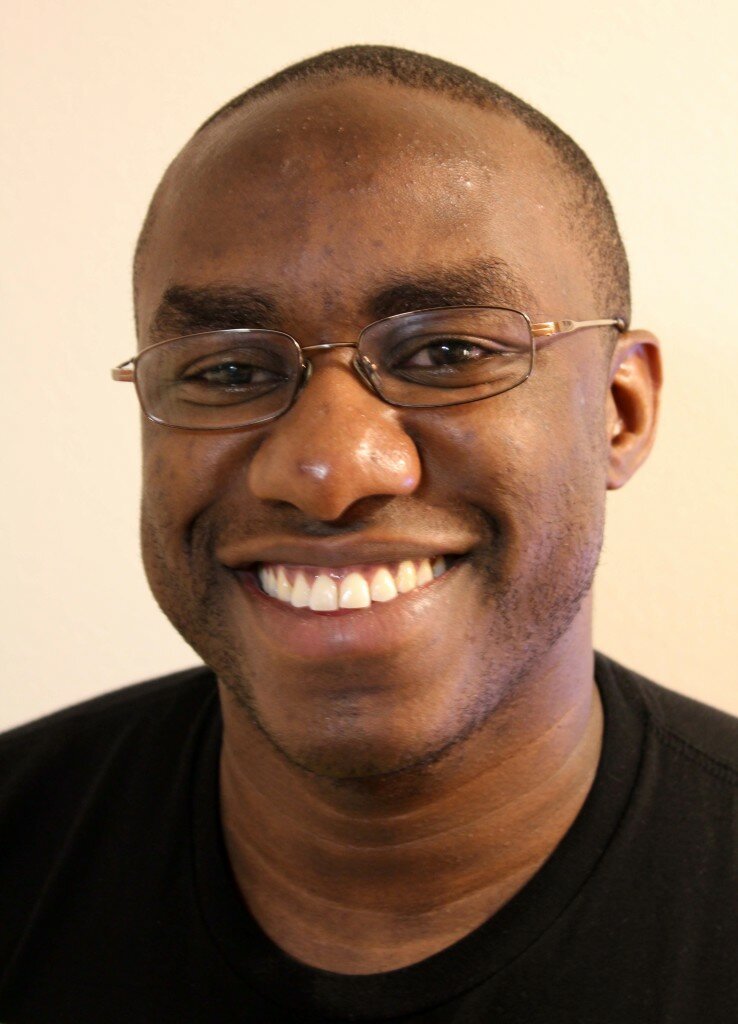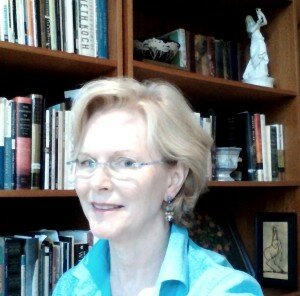Brash Ice. Djelloul Marbrook.
Leaky Boot Press, 2014. 104 pages, ISBN: 978-1909849150
The boundaries of an identity become less distinct the closer they’re analyzed. It’s an existential nuance encountered by everyone from scientists defining an atom to Zen students contemplating a koan. Djelloul Marbrook’s latest collection, Brash Ice, explores that vagueness and various tangential elements such as memory, history and the way the nature of transcendence alters with the self as it encounters the harsher elements of life. The opening poem begins
So this business of being you
is about handling plutonium.
(“handling plutonium”)
The self is radioactive, dangerous to handle. It is not easy, in spite of the ubiquitous exhortations, to simply “be yourself.” There is much to fear. But it must be faced full on if to be realized. So the poem concludes
. . . let
intellect’s luminol reveal
what fears can’t bleach,
to stare at the consequences
even as they throw dirt on your face.
That dirt can cast a terrible shadow over life. The self, in defense, seeks a kind of transcendence, a way out. “To bear such loss we vanish” (“to ease life’s rush”). But that transcendence is not genuine since born out of fear and the desire for escape. “Even angels can’t count the cost of invisibility” (“two dark wishes”). Such an angel can’t help but gently recall Rilke’s angels, fragile in their desire to desire, as some other elements of this collection recall other qualities of that most transcendent of German poets. So, additionally, it’s not surprising that confronting the suicide of a friend and the various dead populates the book. Where the boundaries of the self become fluid, both the dead and living inhabit us and never completely pass away. Loves are lost and our friends die in the context of knowing that
we come off on each other
stains of our encounters
wranglings of our tied dyes
batiks of our fondest ties
(“batiks of our fondest ties”)
Or, with a more sinister tone, “everyone is a ghost of someone else” (“the ash tree’s scrawl”). Where we seek invisibility in the face of loss and pain, suicide is confronted as the ultimate vanishing and love as a kind of false hope. Thus even in a poem about beauty, we read
everything that scuttles
across your headstone
rings in my ears.
(“beauty and unrest”)
And elsewhere we read “whoever sees how populous we are/knows how futile it is to love” (“after image”). This is not the resignation of a depressive but the slow progress of a self defining its cohesion in a world that fragments the psyche.
This has been the psychic battle for every modern self since Mathew Arnold cried out in a letter to his sister, “I am fragments.” It is the nature of the modern dilemma and was the founding assumption of nearly every existentialist writer in the early twentieth century, and also lead the poet George Oppen to write, “We have chosen the meaning of being numerous.” But the grasping of that fragmentation has never been easy. It can be a torturous journey but a great awakening when realized. That is the progress charted by Brash Ice and the meaning implicit in the title: ice that is broken and appears scarred after freezing again. The fragmented self is reconstituted but scarred. In that scarred state it has realized an actual life lived.
. . . my job
is to hurt you into life so that you may say
something happened to someone
even if you can’t remember where
or to whom it may have happened.
This is a poetry asserting with linguistic beauty Goethe’s comment that “color is the deeds and sufferings of light.” This is quoted in one of the poems. But it’s important to shed light on this quote with another Goethe quote. In Book II of Faust, Goethe also said, “Life is not light but the refracted color.” Marbrook’s collection plays on this meaning of light and life throughout and especially in the concluding section. Life is a difficult, sometimes torturous, journey, but it is also dazzling and beautiful when embraced, just as refracted light, in its colors, is beautiful and dazzling. So the poem “habitué,” says “what is precarious is exquisite.” Or, at the beginning of the collection, we are told:
i like inspired mistake,
a peripheral glance that jars
our nerve ends loose,
diseases that best define
our escapades at being well.
(“escapade”)
Since the self is radioactive, we are all, by nature, suffering from radiation poisoning. The cure is a kind of resolving of those suffering colors into a single white light, the dying of the self into its doings, and expressed in the final section in which there is “a light without its maddening colors.”
It is a long, muddy journey to this point. By that I mean that this brief review can only touch on a small piece of the overarching journey of the collection. It is difficult, if not impossible, to tease out the many nuances and threads that are woven throughout. Much of the collection reminds me of the kind of progression and complexity one finds in Rilke’s Sonnets to Orpheus but not as didactic. In this version of the journey, the self is stripped to its bare phenomenology. So the style is compressed both in its linguistic and metaphoric usage. No capital letters are used throughout and most metaphors carry an immense weight, sometimes to the point of incomprehension. But those moments of incomprehension are so few that the risk is worth the larger success of how often this language sings in its epiphanies. And for you, the reader of this review, to fully realize the wisdom and aesthetic virtue in this book, you must experience it directly, live it through line by line, come to it as any awakening: that is, firsthand.
My own obsession with the nuances of identity have been with me since I was eleven years old, reading Alan Watts and Krishnamurti and every version of the Tao Te Ching I could get my hands on. Among the poetic explorations of that vague thing we call the self, Brash Ice may rank among my favorite books. It is aesthetically pleasing and thematically intriguing. It manages to bring together threads of existentialist thought and insight, and weave it with hints of Eastern subtlety and Western life in a beautiful and urgent language that is relevant to the 21st century. There is enough grit that it doesn’t float off into metaphysical abstractions and enough thought that its images are weighted with meaning. It is a collection that not only holds up against multiple readings, but calls one on to them with the joy of renewed discovery.






